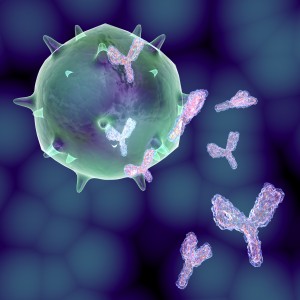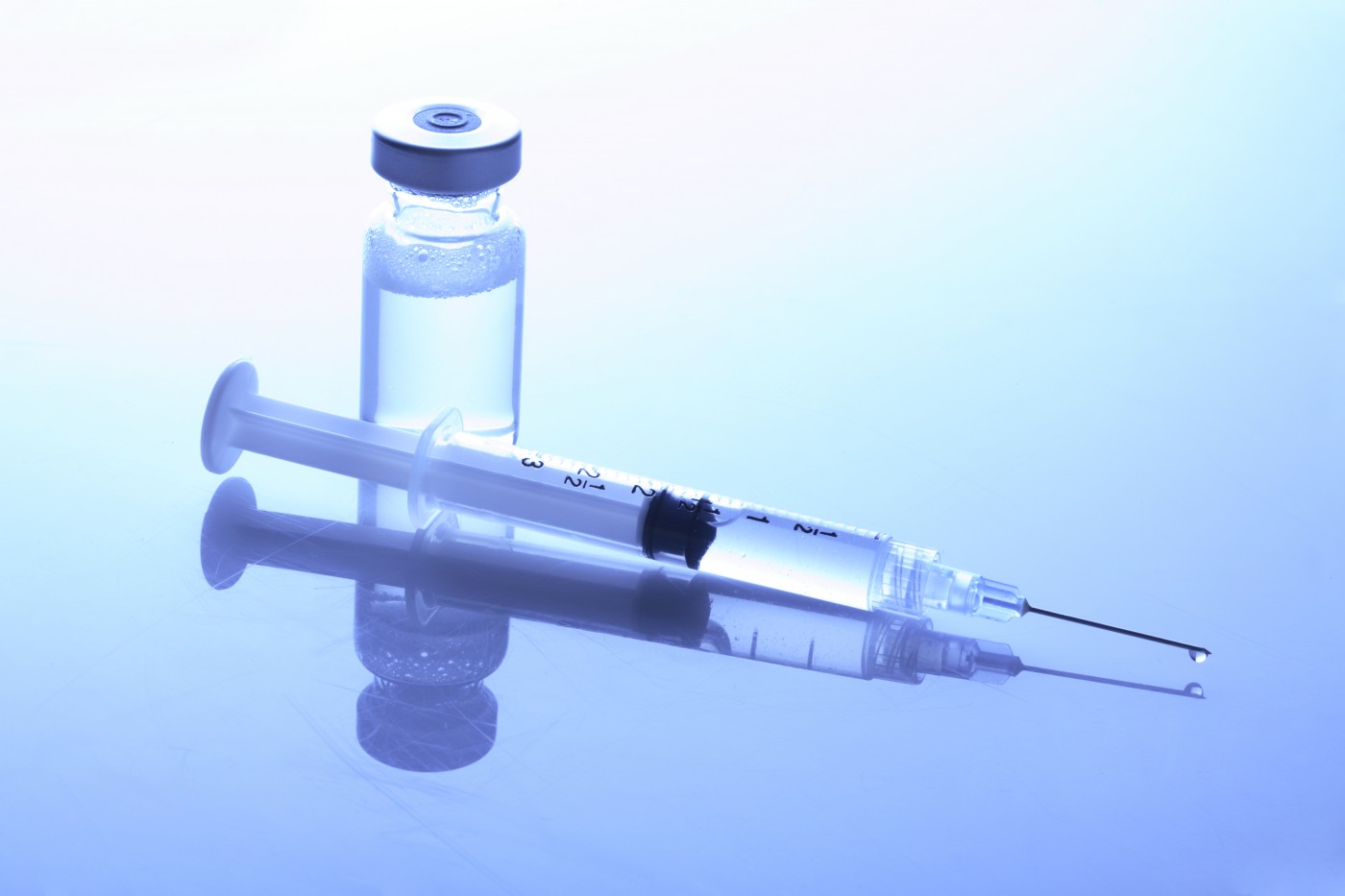 Researchers from the German Cancer Research Center (DKFZ) and Heidelberg University Hospital in Germany have recently revealed a test capable of predicting whether specific tumor antigens can be detected by the immune system, an important prerequisite for an efficient cancer vaccine. The study is entitled “Proximity ligation assay evaluates IDH1R132H presentation in gliomas” and was published in The Journal of Clinical Investigation.
Researchers from the German Cancer Research Center (DKFZ) and Heidelberg University Hospital in Germany have recently revealed a test capable of predicting whether specific tumor antigens can be detected by the immune system, an important prerequisite for an efficient cancer vaccine. The study is entitled “Proximity ligation assay evaluates IDH1R132H presentation in gliomas” and was published in The Journal of Clinical Investigation.
Vaccine-based cancer immunotherapies currently under development aim to direct the patient’s immune system against tumor specific antigens. These antigens can correspond to proteins that have suffered a genetic mutation in tumor cells, distinguishing them from their counterparts in healthy cells; these altered proteins are called neoantigens and are usually exposed on the tumor cell surface. The genetic alterations suffered by neoantigens provides them with new immunological features that can be identified as “foreign” by T cells (important white blood cells) of the immune system. Therapeutic vaccines encoding the specific mutated fragment of the protein (the mutated peptide) can therefore present the neoantigen to the immune system, which by recognizing it mounts an immune response directed specifically against the tumor.
“However, a basic prerequisite for the effectiveness of a vaccine of this type is that the vaccine peptide is presented to the immune cells on the surface of the tumor, and it must be tailored to a shape that matches exactly. Our new test can detect whether this is the case,” said the study’s senior author Dr. Michael Platten in a news release.
The tumor-specific peptide present in the vaccine has to exactly match specific presentation molecules, which are called MHC (major histocompatibility complex) molecules, on the tumor surface. Immune cells will only respond if the antigen is displayed on the matching MHC molecules, otherwise there is no activation of an immune response.
The team focused on conceiving a method to determine, in tumor biopsies, whether or not MHC molecules on the tumor cell surfaces display the neoantigen. They created the Proximity Ligation Assay (PLA) test, which is based on two antibodies, one that recognizes the neoantigen and a second one that recognizes the MHC molecule. If both neoantigen and MHC molecule are present in immediate proximity to each other, a specific molecular-biological reaction will occur that will produce a light signal that can be detected.
Researchers tested this new method by using a specific tumor neoantigen – altered IDH-1 – found in brain cancer and showed that the IDH-1 neoantigen could be detected on cancer cells’ surface together with MHC molecules. This neoantigen was able to induce specific immune responses against the tumor. The team is now planning to launch a clinical Phase I trial to assess the safety of the peptide vaccine against IDH-1-mutated brain tumors.
“Our test could help identify those patients beforehand who might actually benefit from such a vaccination,” said one of the first authors of the study Lukas Bunse, referring to the several clinical trials based on cancer vaccines that are currently being conducted worldwide. “However, the prerequisite is that a specific antibody against the tumor antigen be available.”


